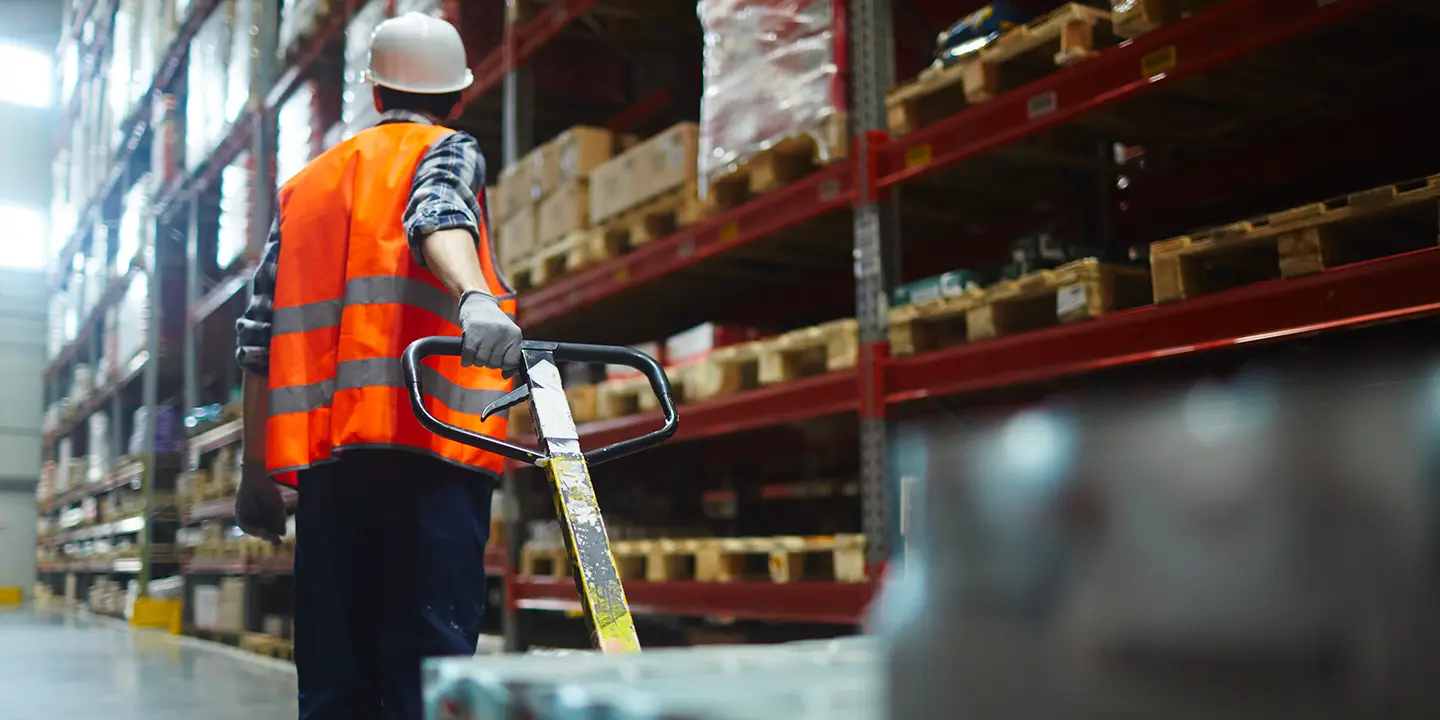
It’s a given that most warehouse-related jobs are physically demanding. Bending, lifting, and walking pretty much come with the territory.
It’s estimated that the typical warehouse worker walks about 10 miles per day — a number that’s only increasing as warehouses and facilities continue to grow in size. Undoubtedly, it’s a considerable distance. It’s also “non-revenue” time in terms of worker productivity. At the average speed of 3 MPH, workers spend over 3 hours of every single day simply walking, accounting for over 40% of paid time.
Traveling from Point A to Point B means workers aren’t performing value-added tasks. Also, physically walking items from one location to another increases opportunities for excessive face-to-face socialization, which only adds to worker unproductivity. Reducing the amount of time workers spend walking, then, is one of the main reasons warehouse and manufacturing facility leadership teams are attracted to automation, including the use of autonomous mobile robots (AMRs).
While improving worker productivity and managing labor costs top priorities for decision makers, the analysis and reasoning behind evaluating automation is changing, hastened by the pandemic.
According to the Association for Advancing Automation (A3), “At one time…robot pricing almost exclusively focused on hard operations and maintenance costs. Now, it’s become less straightforward, shifting to intangible costs and benefit” including:
A3 also noted that an increased focus on ergonomic issues and regard for employee wellness and safety are “improving communication, reducing work-in-progress inventory by combining operations, and increasing employee safety and retention.”
While the current environment and focus on intangible costs and benefits has moved to center stage, the tangible warehouse costs — energy, materials, ongoing maintenance, for example — are obviously still important. They ultimately work in tandem with employee safety and retention to boost the overall success of the operation.
For that matter, industry experts emphasize that a well organized workflow, facility layout, and order and inventory management are among fundamentals that require ongoing attention.
Right now, competition for workers is more fierce than ever and it’s unlikely to ease anytime soon. While there are various factors at play, the summation is simple, and better yet, puts employers and employees on the same page.
That is: warehouse operators need solutions that are affordable, easy to implement, deliver a quick ROI, increase productivity and velocity, and position them as an “employer of choice” among prospective job candidates.
At the same time, workers are more discerning. When it comes to the warehousing and manufacturing sectors, safety and welfare are key in their employment choices.
The rapid expansion of AMRs is helping employers and employees realize goals that are mutually beneficial, especially when it comes to easing physical demands on workers — truly a step in the right direction!
We invite you to learn about MARC 3 Series, our newest generation of mobile autonomous robotic cart. Contact the MūL Technologies team today!
These Stories on Material Handling